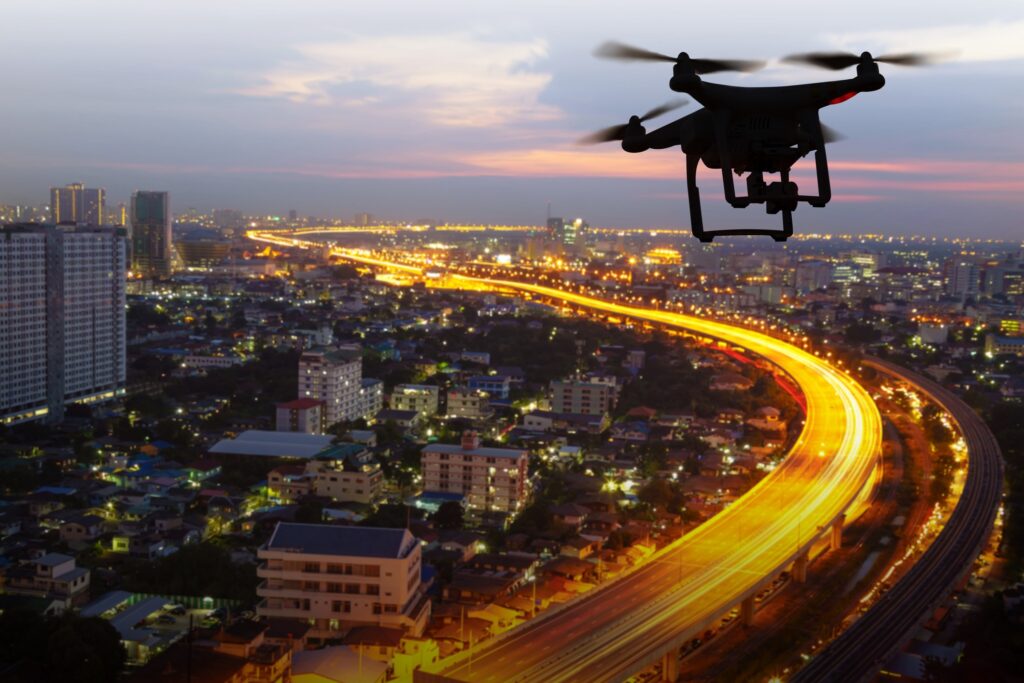
For more than a month, residents across New Jersey, parts of Pennsylvania, and New York have looked skyward to discover unidentified flying objects—what many have taken to calling “drones”—quietly hovering above their neighborhoods. These mysterious sightings have drawn concern and curiosity, as the drones are sometimes seen lingering near critical infrastructure, restricted areas, and residential communities, prompting local governments and law enforcement agencies to investigate potential security and privacy implications.
Although various explanations have been offered, the true nature and purpose of these hovering contraptions remains unclear, keeping many on edge and authorities on high alert.
To help better understand these inexplicable aerial visitors, Penn Today met with a leading authority on autonomous aerial systems: the Nemirovsky Family Dean of Penn Engineering, Vijay Kumar. With his extensive research in robotics and drones, Kumar shares insights into these technologies.
